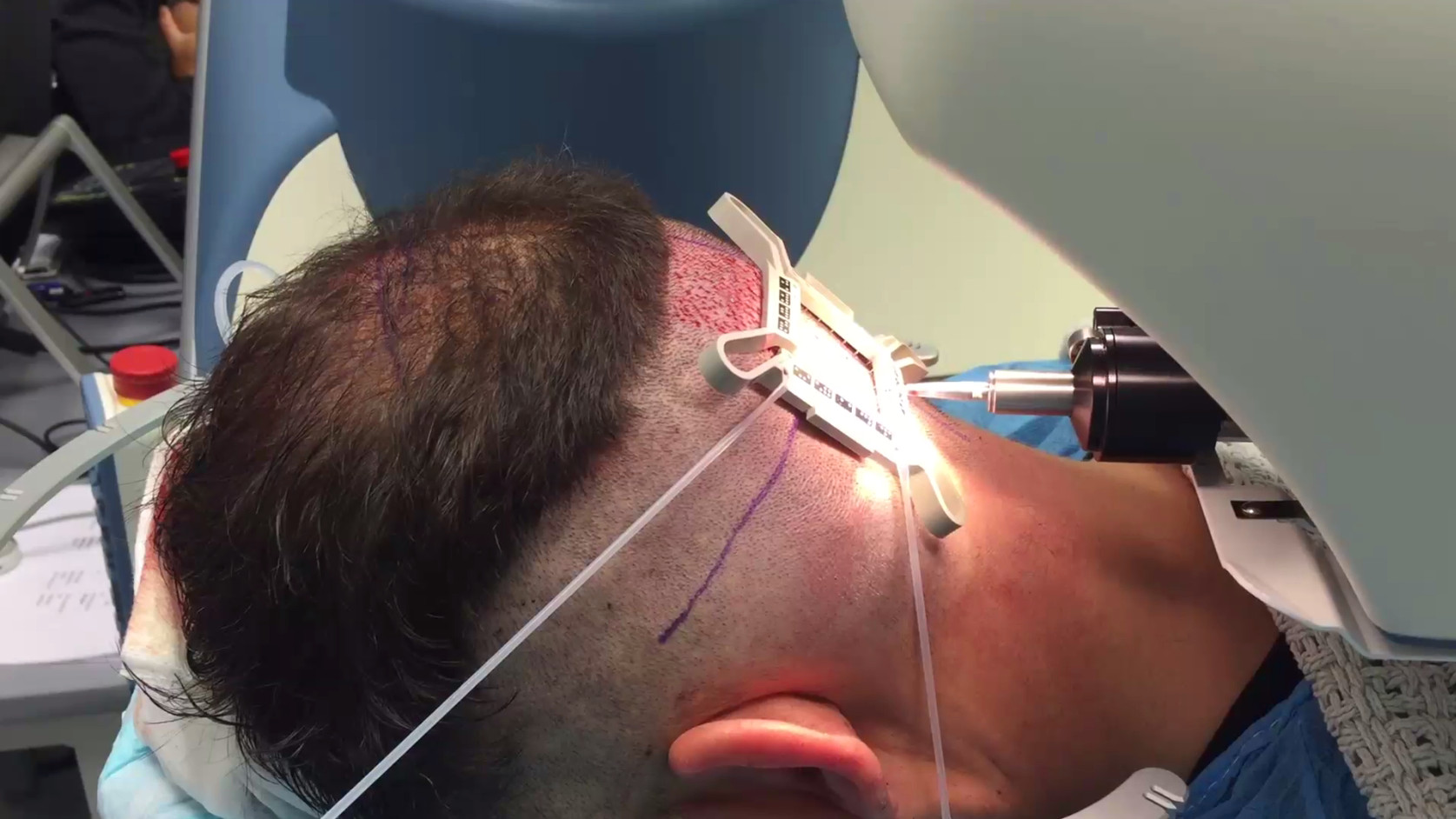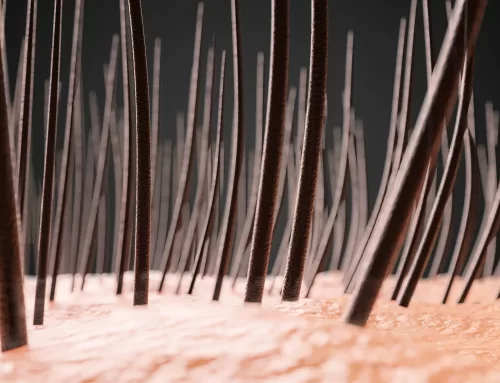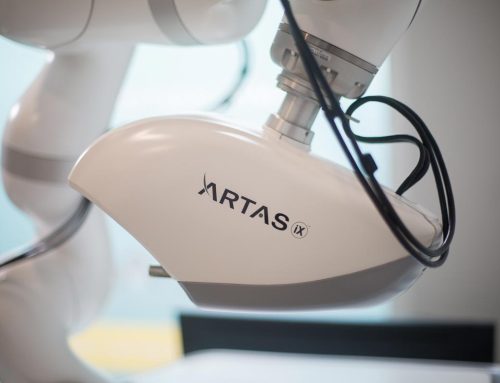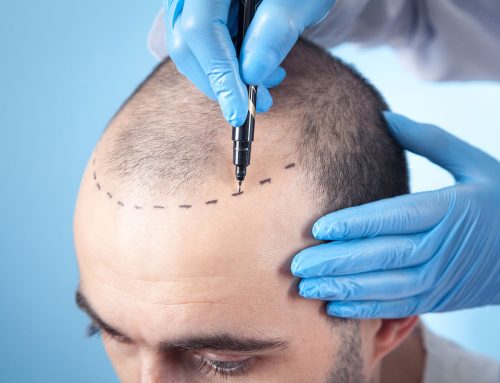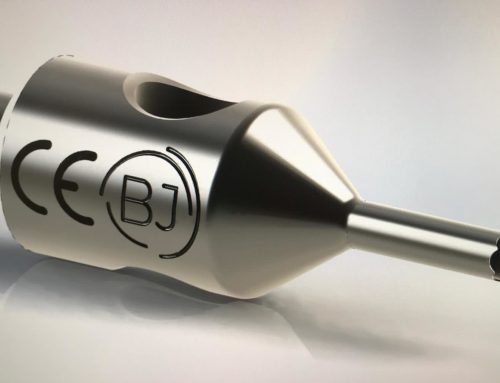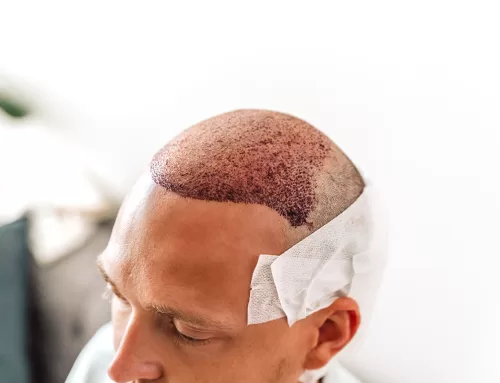Hair loss has long been a concern for many individuals, impacting self-esteem and overall confidence. In recent years, advancements in medical technology have revolutionized the field of hair restoration, offering hope and effective solutions to those facing hair loss. Hair transplant surgery, a popular approach for restoring hair, has seen significant advancements, making it a more efficient and promising option for many. In this article, we will delve into the latest innovations in hair transplant surgery that are reshaping the landscape of hair restoration.
1. FUE (Follicular Unit Extraction) Technique
The Follicular Unit Extraction (FUE) technique has gained immense popularity due to its minimally invasive nature and remarkable results. FUE involves the extraction of individual hair follicles from the donor area and their transplantation to the balding or thinning regions. Advanced tools and robotics have enhanced the precision and speed of this technique, resulting in faster recovery times and more natural-looking outcomes.
2. Robotic Hair Transplantation
Robotic hair transplantation represents a significant leap in technology within the field. Automated robotic systems precisely extract hair follicles from the donor area and create recipient sites for transplantation. This technology ensures accuracy and reduces the risk of human error, leading to enhanced graft survival rates and improved overall results.
3. ARTAS® Robotic System
One of the pioneering robotic systems in hair transplantation is the ARTAS® Robotic System. This system utilizes intelligent algorithms to select and harvest the best hair follicles for transplantation. The ARTAS® system provides a level of precision and consistency that is difficult to achieve with manual methods. Patients benefit from less scarring, quicker healing, and more natural-looking hairlines.
4. PRP (Platelet-Rich Plasma) Therapy
Platelet-Rich Plasma (PRP) therapy is gaining traction as a complementary treatment alongside hair transplant procedures. PRP involves injecting the patient’s concentrated blood platelets into the scalp to stimulate hair growth and improve the health of existing hair. This technique supports faster recovery and encourages optimal graft growth.
5. Stem Cell Therapy
Stem cell therapy is a promising avenue in hair restoration. By using the patient’s own stem cells, this treatment can potentially stimulate the regeneration of hair follicles and promote hair growth. Ongoing research and clinical trials are continually refining and validating the effectiveness of this innovative approach.
6. Combined Treatments for Enhanced Results
In recent years, the trend has shifted towards combining various techniques for more comprehensive and superior results. Surgeons often integrate FUE with PRP or stem cell therapy to optimize graft survival rates, enhance hair growth, and improve the overall success of the transplant.
Conclusion
The field of hair transplant surgery has made significant strides, offering individuals suffering from hair loss more effective and sophisticated options. From robotic systems like ARTAS® to the promising potential of stem cell therapy, advancements continue to redefine the standards of hair restoration. As technology continues to evolve, patients can look forward to even more refined and successful outcomes in their journey towards regaining a full head of hair. If you are considering a hair transplant, it is advisable to consult a qualified medical professional to determine the best approach based on your unique needs and circumstances.

